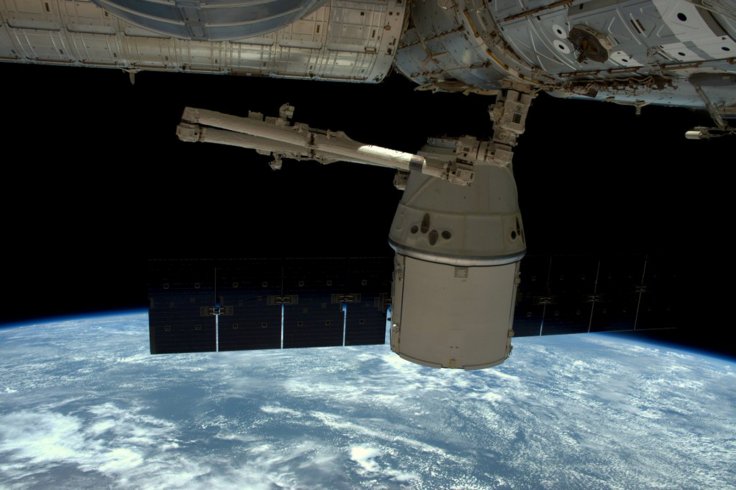
Carrying approximately 4,100 pounds of NASA cargo, science and technology demonstration samples from the International Space Station (ISS), SpaceX's Dragon cargo spacecraft was set to splash down in the Pacific Ocean on Saturday.
Dragon is the only space station resupply spacecraft currently able to return cargo to Earth.
The spacecraft lifted off from Space Launch Complex 40 at Cape Canaveral Air Force Station in Florida on December 15, carrying about 4,800 pounds of supplies and scientific cargo.
It arrived on the ISS on December 17.
A variety of technological and biological studies are returning in Dragon, NASA said.
This includes hardware from the "Made in Space Fiber Optics" payload, which demonstrated manufacturing fiber optic filaments in a microgravity environment.
Designed by the company "Made in Space" and sponsored by the Center for the Advancement of Science in Space (CASIS), the investigation pulled fiber optic wire from ZBLAN -- a heavy metal fluoride glass commonly used to make fiber optic glass.
Research indicates that ZBLAN fiber pulled in microgravity may not crystalise as much, giving it better optical qualities than the silica used in most fiber optic wire.
Results from this investigation could lead to the production of higher-quality fiber optic products both in space and on Earth.
Mice from NASA's Rodent Research-6 study also will return live to Earth for additional study.
The investigation, which was conducted jointly with the US National Lab, evaluated a new drug delivery device for administering continuous low doses, which could help counteract muscle wasting and prevent the need for daily or frequent drug administration.
A tiny capsule, implanted under the skin, delivers a constant, low dose of a drug via a silicone membrane, with channels as narrow as 1/50,000 the width of a human hair.
The drug, called formoterol, is a common therapy in asthma inhalers and for other lung diseases that relaxes muscles responsible for tightening a patient's airways.
The low-dose delivery also could help avoid the known side effects of taking high doses long-term, NASA said.









